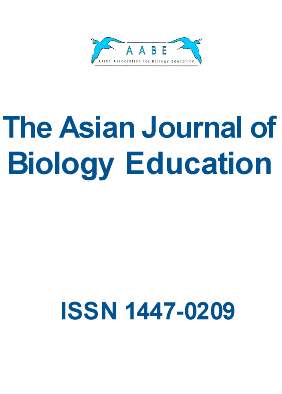3 巻
選択された号の論文の10件中1~10を表示しています
- |<
- <
- 1
- >
- >|
-
原稿種別: research-article
2007 年3 巻 p. 3-10
発行日: 2007/12/01
公開日: 2022/09/27
PDF形式でダウンロード (719K) -
原稿種別: research-article
2007 年3 巻 p. 11-
発行日: 2007/12/01
公開日: 2022/09/27
PDF形式でダウンロード (644K) -
原稿種別: research-article
2007 年3 巻 p. 19-22
発行日: 2007/12/01
公開日: 2022/09/27
PDF形式でダウンロード (657K) -
原稿種別: research-article
2007 年3 巻 p. 23-39
発行日: 2007/12/01
公開日: 2022/09/27
PDF形式でダウンロード (783K) -
原稿種別: research-article
2007 年3 巻 p. 40-46
発行日: 2007/12/01
公開日: 2022/09/27
PDF形式でダウンロード (1027K) -
原稿種別: research-article
2007 年3 巻 p. 47-53
発行日: 2007/12/01
公開日: 2022/09/27
PDF形式でダウンロード (900K) -
原稿種別: research-article
2007 年3 巻 p. 54-57
発行日: 2007/12/01
公開日: 2022/09/27
PDF形式でダウンロード (683K) -
2007 年3 巻 p. 58-64
発行日: 2007/12/01
公開日: 2022/09/27
PDF形式でダウンロード (752K) -
2007 年3 巻 p. 65-70
発行日: 2007/12/01
公開日: 2022/09/27
PDF形式でダウンロード (1340K) -
2007 年3 巻 p. 71-74
発行日: 2007/12/01
公開日: 2022/09/27
PDF形式でダウンロード (690K)
- |<
- <
- 1
- >
- >|
